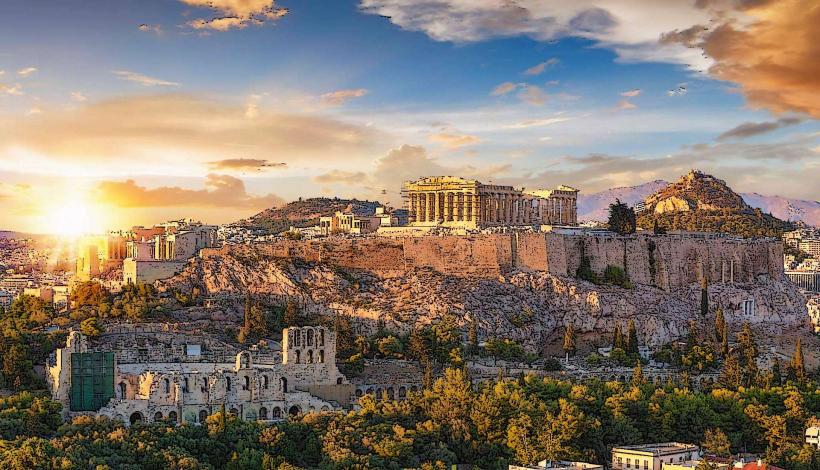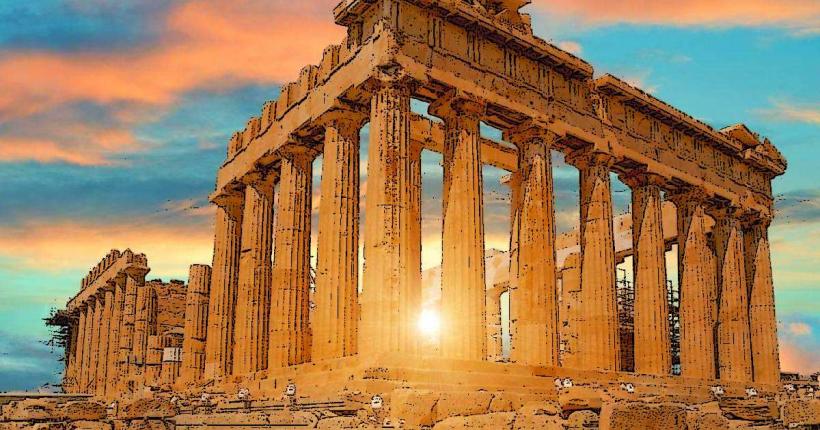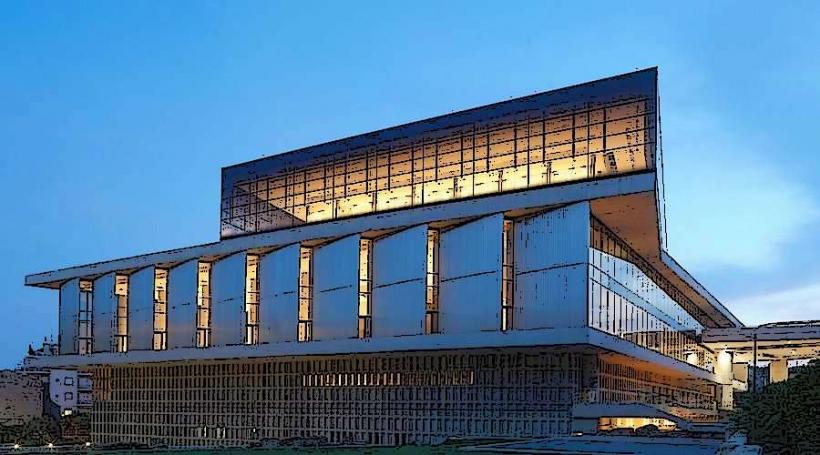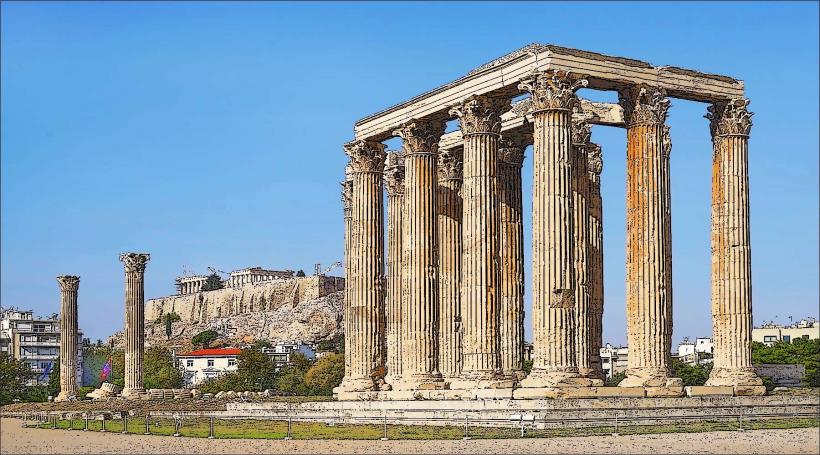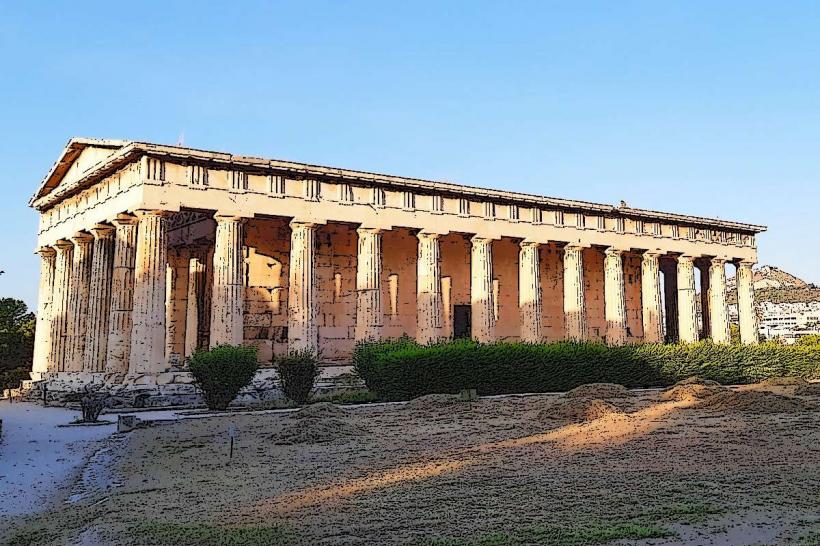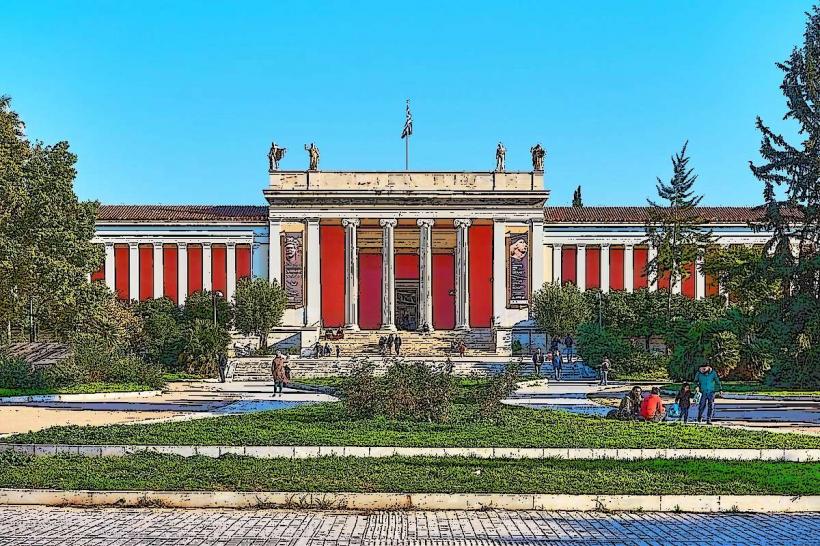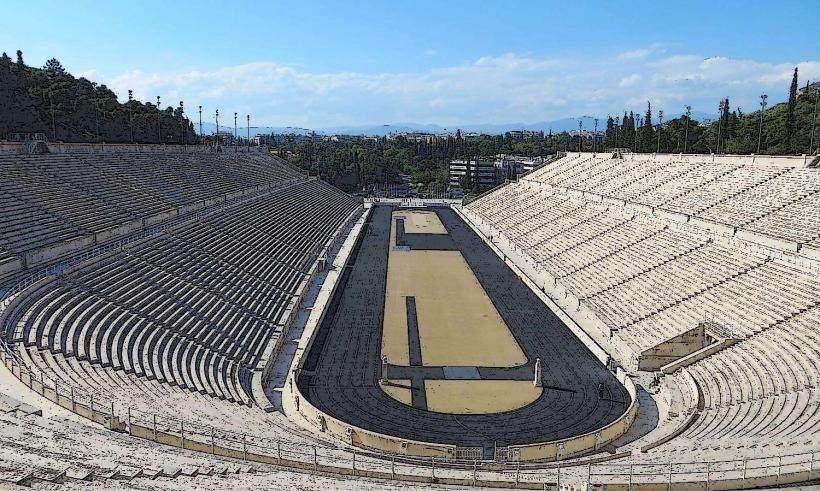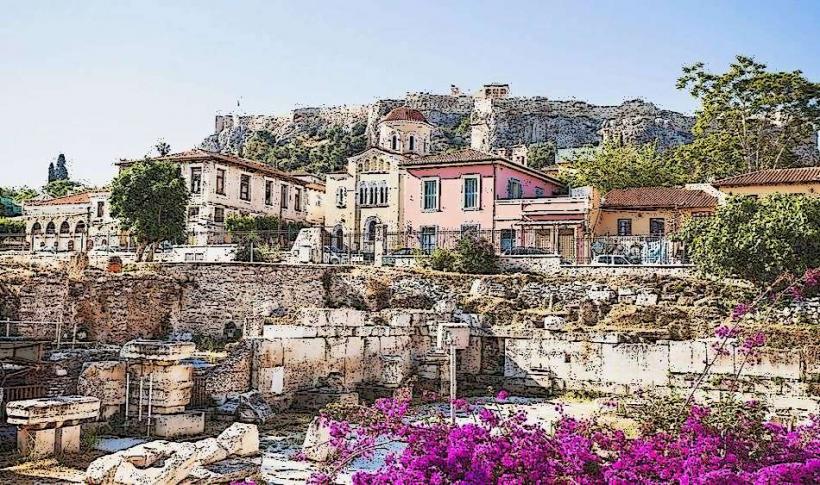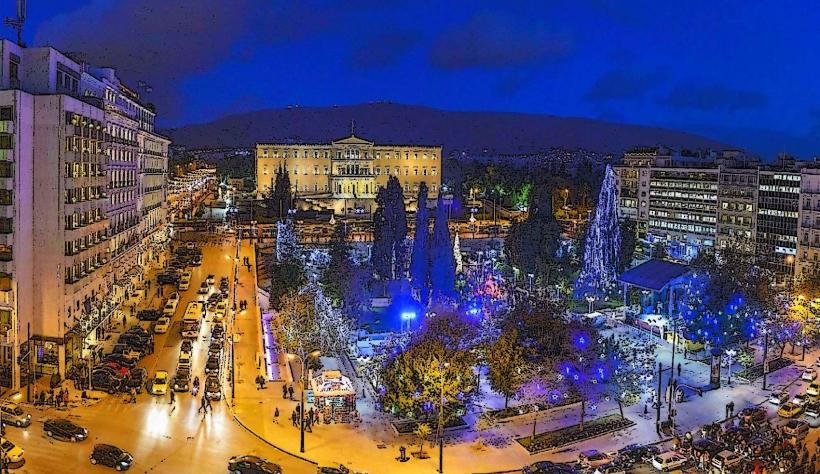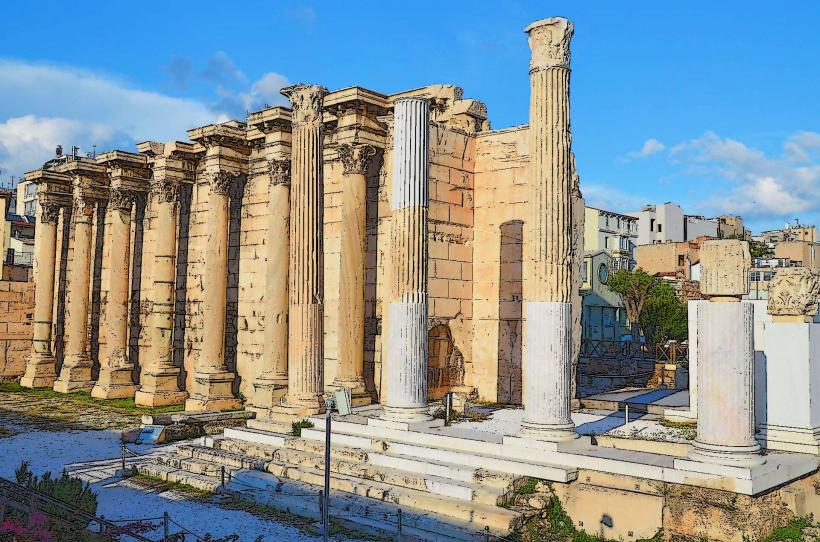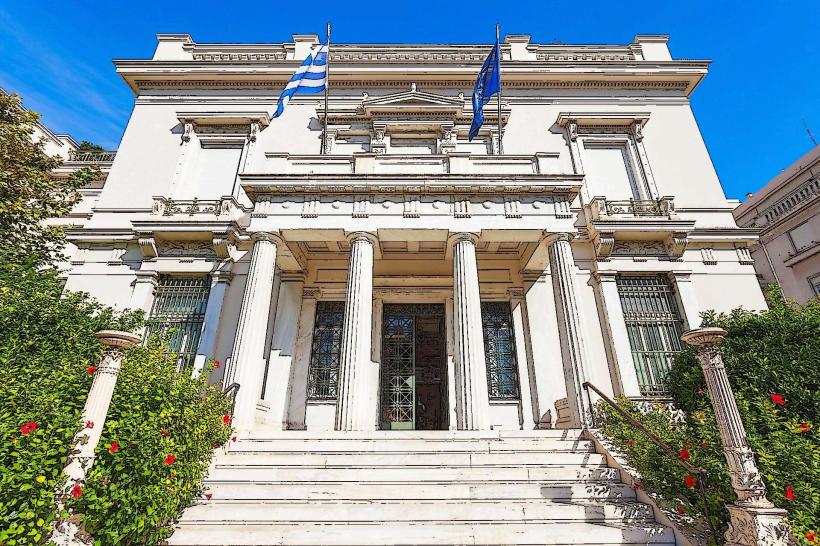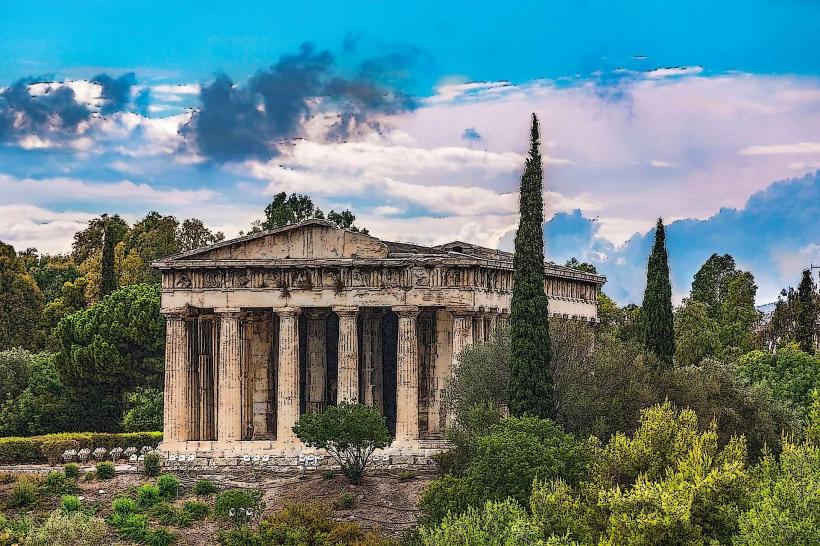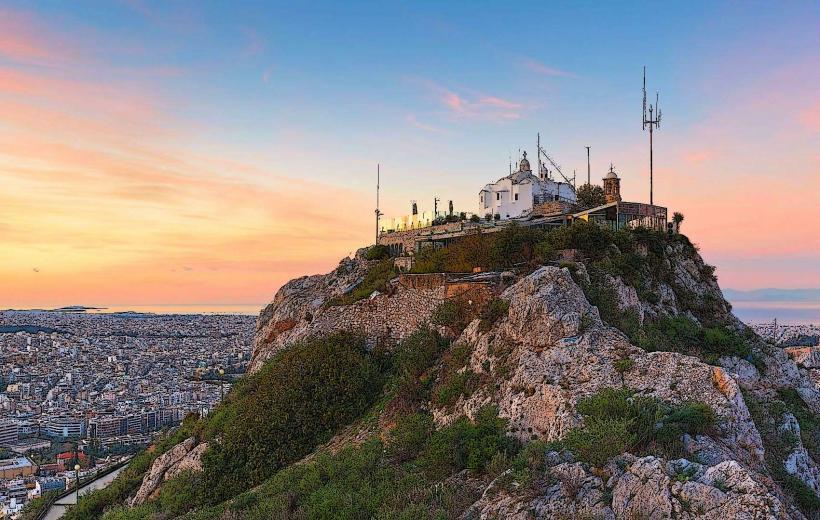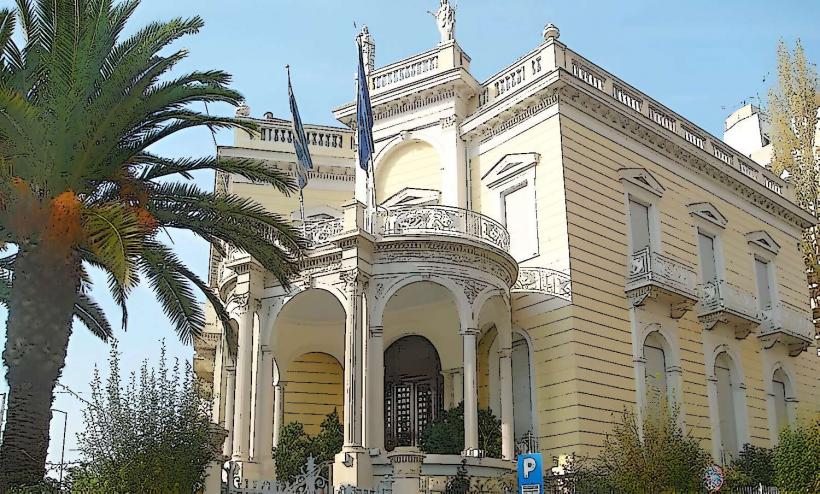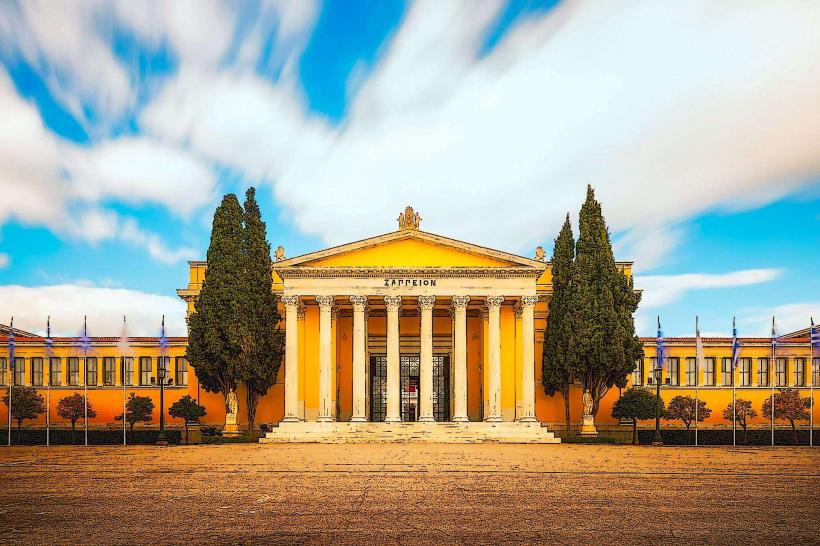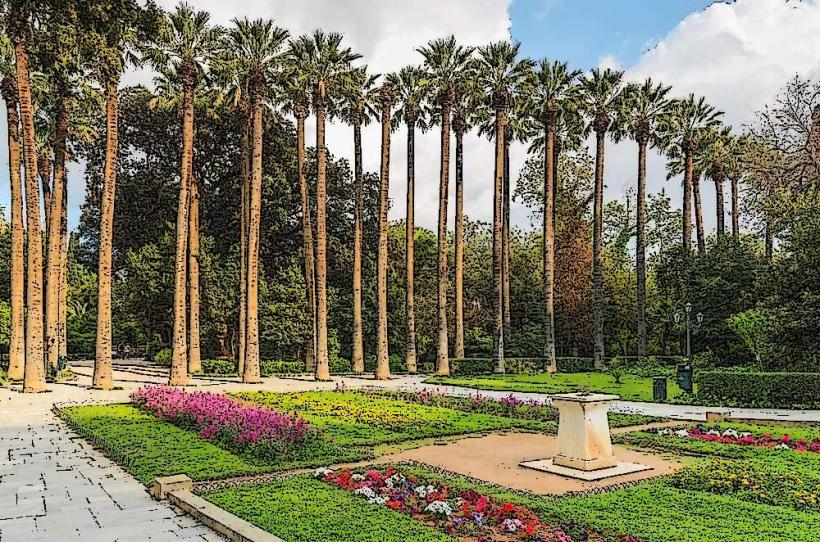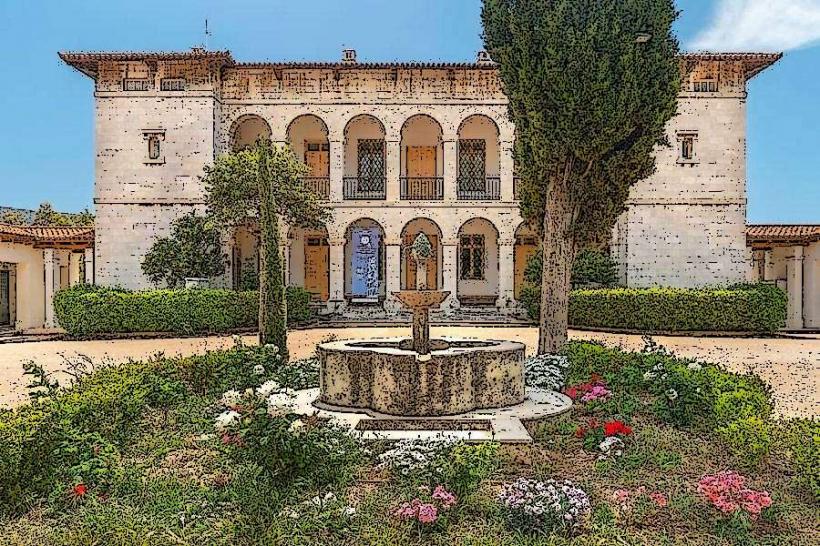Information
Landmark: Roman AgoraCity: Athens
Country: Greece
Continent: Europe
The Roman Agora (Greek: Ρωμαϊκή Αγορά) in Athens is an ancient market square that was built during the Roman period of the city, around the 1st century BCE. It functioned as a civic and commercial center during Roman times, following the Greek Agora as the focal point for social, political, and economic activity. The Roman Agora stands as a testament to the transformation of Athens during the time of Roman rule and reflects the influence of Roman architecture and culture on the city.
Overview:
- Location: The Roman Agora is located to the northeast of the Acropolis, near the Monastiraki Square, one of Athens' busiest and most popular areas. It is situated between the Greek Agora and the Tower of the Winds, an important ancient monument.
- Date of Construction: The Roman Agora was constructed in the 1st century BCE, around the time when Athens was incorporated into the Roman Empire. It was later expanded under the Emperor Hadrian in the 2nd century CE.
History:
- The Roman Agora was built during the period when Athens came under Roman rule, and it was intended to serve as a commercial center for the city, complementing the older Greek Agora.
- The Agora was part of a broader urban renewal and architectural expansion initiated by the Romans in Athens, which also included the construction of new buildings, baths, and other civic structures.
- The Romans used the Agora for various purposes, including commerce, social interaction, and meetings. Over time, the area fell into disuse, and by the Byzantine period, many of the structures were abandoned or repurposed for other uses.
Key Features and Structures:
Gate of Athena Archegetis:
- The Gate of Athena Archegetis is the most famous structure associated with the Roman Agora. It was constructed in the 1st century CE and served as the main entrance to the Agora.
- This monumental gate is a marble structure with columns, and it has a distinct Roman architectural style, blending both Greek and Roman elements.
- The gate is dedicated to the goddess Athena Archegetis, the patroness of the city of Athens. It was built to commemorate Roman imperial influence and honor the goddess.
The Tower of the Winds:
- The Tower of the Winds (Greek: Πύργος των Ανέμων) is one of the most iconic monuments in the Roman Agora and stands as a symbol of both Roman and Hellenistic architecture.
- It is an octagonal marble tower that was constructed in the 1st century BCE and functioned as a weather station. It features eight reliefs of the winds (Zephyrus, Boreas, Notus, and others), with a wind vane on the top that indicated the direction of the wind.
- The Tower of the Winds also served as a clock and a water clock, making it a functional part of the urban infrastructure.
The South Stoa:
- The South Stoa is a colonnaded building that was part of the Roman Agora's portico. It was likely used for commercial purposes and served as a covered walkway for traders and visitors.
- The stoa was built in the late Hellenistic period but was renovated and expanded during the Roman era, highlighting the blending of Greek and Roman architectural styles.
Shops and Commercial Buildings:
- The Roman Agora was filled with a variety of shops and commercial buildings that sold goods ranging from everyday items to luxury products. The Agora was a thriving marketplace, and remains of these buildings can still be seen today.
- Some of the shops were designed with shops fronts with columns, while others featured large courtyards where goods were stored and displayed.
Public Fountains and Nymphaeum:
- The Roman Agora also contained fountains and water features, which were common in Roman civic spaces. The Nymphaeum, a type of public fountain, was part of the Roman Agora, and it was decorated with statues, columns, and basins. These water features were both decorative and functional, providing drinking water for the public.
Public Buildings and Administrative Structures:
- As a hub of civic life, the Roman Agora also housed public buildings used for various administrative purposes, such as local government activities, meetings, and public gatherings.
Key Historical Context:
- The Roman Agora replaced the Greek Agora as the central marketplace in the city during the Roman period, when Athens became a part of the Roman Empire.
- Under the reign of Emperor Hadrian in the 2nd century CE, the Roman Agora was expanded and beautified, marking the height of Roman influence in Athens. Hadrian's contributions to the city included the construction of the Hadrianic Library, as well as renovations to the Roman Agora.
- The Roman Agora eventually fell into disuse after the decline of the Roman Empire and the rise of Byzantine Athens.
Archaeological Excavations:
- Extensive excavations have taken place at the site of the Roman Agora over the years, revealing much about daily life, commerce, and civic life in ancient Athens during the Roman period.
- Many of the buildings and structures in the Agora have been partially restored, and the site is now an important archaeological park. Visitors can walk through the area and explore the ruins, gaining insight into the architectural and social fabric of Roman Athens.
Visiting the Roman Agora:
- The Roman Agora is now part of the Athens Archaeological Sites, and it can be visited along with other important archaeological sites in the city, such as the Acropolis and the Ancient Agora.
- The entrance fee is usually included in a combined ticket for the Athens Archaeological Sites, which gives access to several key attractions.
- The site is open year-round, with specific opening hours, and offers a peaceful setting for those interested in exploring ancient Athens.
Summary:
The Roman Agora is an important historical and archaeological site in Athens, offering a glimpse into the commercial and civic life of the city during the Roman Empire. Key features of the Roman Agora, such as the Gate of Athena Archegetis, the Tower of the Winds, and the South Stoa, reflect the cultural and architectural transition from Greek to Roman styles. It remains one of the most visited archaeological sites in Athens, providing valuable insight into the city's transformation under Roman rule.

